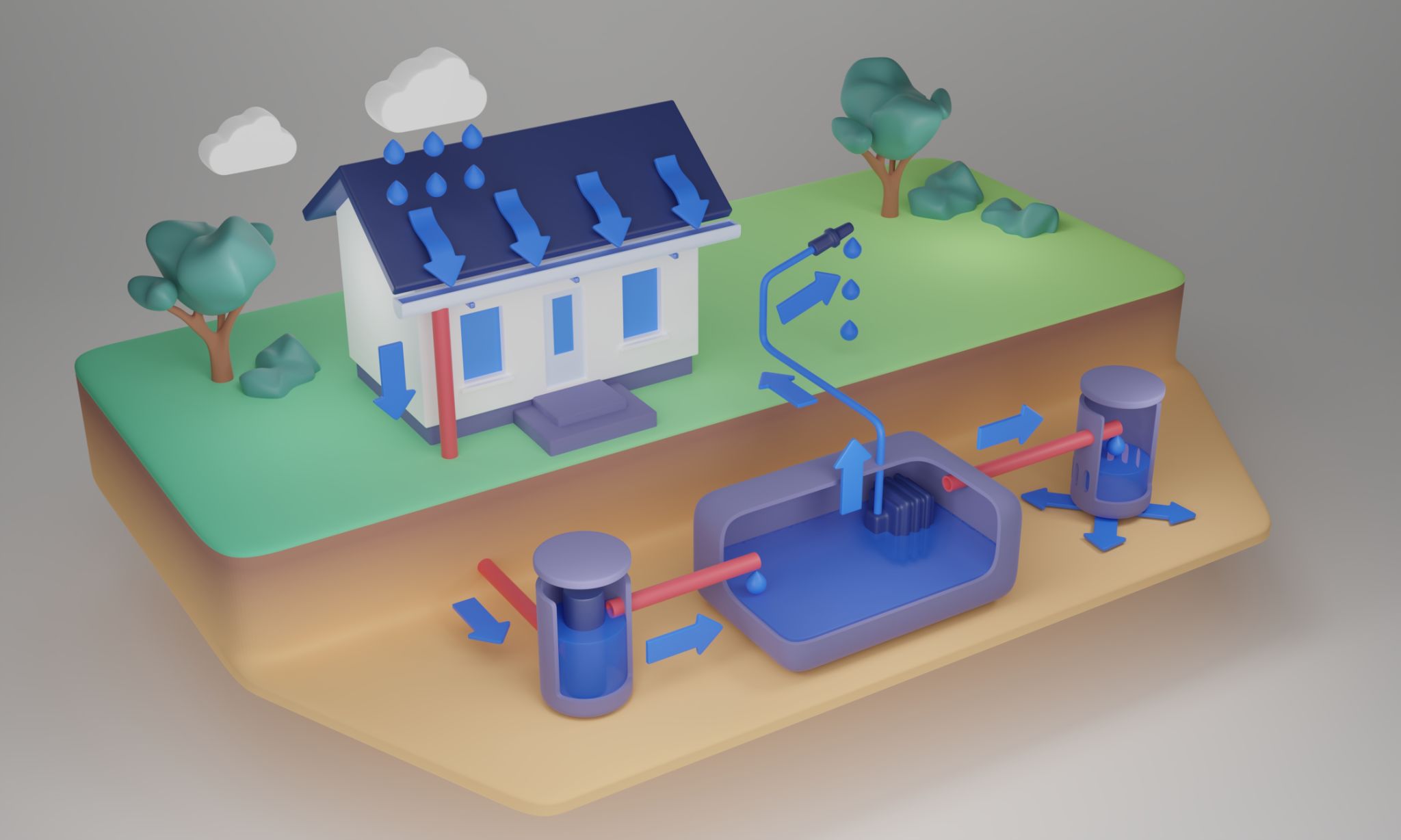DIY Tips for New Florida Homesteaders
Getting Started with Florida Homesteading
Embarking on a homesteading journey in Florida is an exciting adventure. With its warm climate and diverse ecosystems, the Sunshine State offers unique opportunities for self-sufficiency and sustainable living. Whether you're starting a small garden or dreaming of a sprawling farm, these DIY tips will help you make the most of your new Florida homestead.

Understanding Florida's Climate
Florida's subtropical climate means long, hot summers and mild winters. This allows for year-round gardening, but it also presents challenges like heavy rainfall and the threat of hurricanes. It's important to choose plant varieties that thrive in this environment and to design your garden to withstand extreme weather. Consider using raised beds to improve drainage and protect plants from flooding.
Choosing the Right Crops
When selecting crops for your homestead, focus on those that are well-suited to Florida's climate. Some popular choices include tomatoes, peppers, okra, and sweet potatoes. These crops are not only resilient but also provide a bountiful harvest. Don't forget about tropical fruits like bananas, mangoes, and avocados, which can thrive in the southern parts of the state.

Building Sustainable Structures
Building sustainable structures is a key aspect of successful homesteading. Consider using locally sourced materials like reclaimed wood or bamboo for building projects. Solar panels can be a great addition for harnessing Florida's abundant sunshine, helping to reduce energy costs and environmental impact.
Water Management Techniques
Effective water management is crucial in Florida, where both droughts and flooding can occur. Implement rainwater harvesting systems to collect and store rainwater for irrigation. Drip irrigation systems can also help conserve water by delivering it directly to the roots of your plants. Additionally, consider planting native species that require less water and are more resistant to local pests and diseases.

Livestock on Your Homestead
If you're considering raising livestock, start small with chickens or ducks, which are well-suited for beginner homesteaders. These animals provide fresh eggs and can help control pests in your garden. Ensure that you have adequate shelter and fencing to protect them from predators.
Maintaining Soil Health
Healthy soil is the foundation of a productive homestead. Regularly test your soil to understand its nutrient levels and pH balance. Incorporate organic matter such as compost or manure to improve soil fertility. Crop rotation and cover cropping are also effective strategies for maintaining soil health and preventing erosion.

By following these DIY tips, new Florida homesteaders can create a thriving and sustainable homestead that provides fresh produce, reduces their carbon footprint, and fosters a closer connection to nature. Remember, patience and persistence are key as you embark on this rewarding journey.